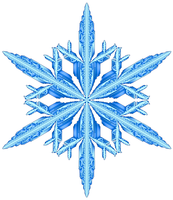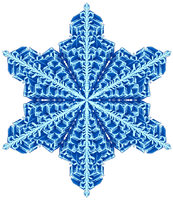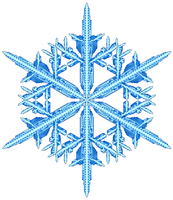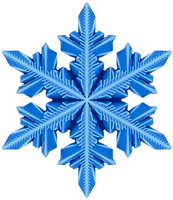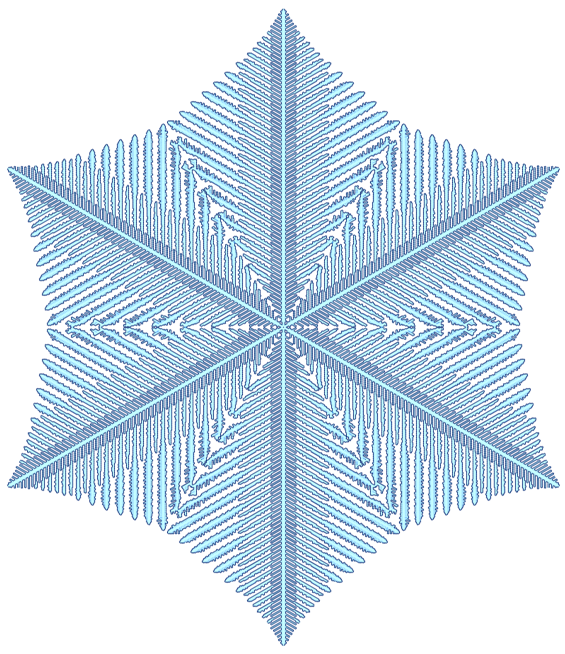It's Snowing in my CPU — a Snowflake catalogue
The snowflake was born on a cold, winter's day far up in the sky, many miles above earth.
— Paul Gallico, Snowflake
Somewhere in the world, it's snowing. But you don't need to go far—it's always snowing on this page. Explore random flurries, snowflake families and individual flakes. There are many unusual snowflakes and snowflake family 12 and family 46 are very interesting.
But don't settle for only pixel snowflakes—make an STL file and 3D print your own flakes!
Ad blockers may interfere with some flake images—the names of flakes can trigger ad filters.
And if after reading about my flakes you want more, get your frozen fix with Kenneth Libbrecht's excellent work and Paul Gallico's Snowflake.
welcome to the land of snowflakes
Flakes are placed on a hex grid by t-SNE dimensional reduction of their structural similarity. This arrangement was used to create the land of Neradia, the origin of snowflakes, as described in In Silico Flurries: Computing a world of snow.
grid 39, 21
There are 1 flakes on this grid.




